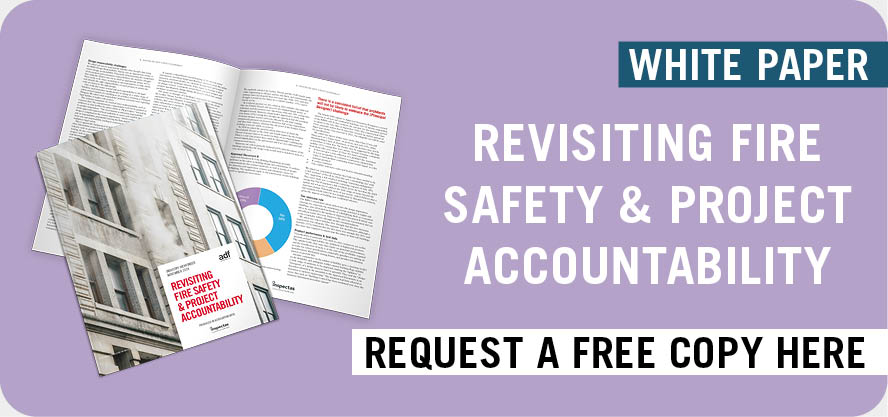Design in bathrooms and kitchens can sometimes go wrong. It’s all too easy to get caught up in the desire to cram as much stuff into a tiny place as possible to make a space beautiful, but by doing this, you can affect the areas’ functionality.
Inferior bathroom and kitchen designs can lead to many problems, including low water pressure, broken faucet, mouldy kitchen cabinet, and smelly drain. To help you create well-designed spaces, this article would discuss the frequent concerns that may arise when designing your kitchen or bathroom poorly.
Inferior Kitchen Design
The following are some of the most typical kitchen concerns emerging from bad design:
- Inadequate Storage
Inadequate storage is one of the most typical kitchen design issues that result from a bad layout. Clutter, chaos, and irritation are all possible effects, especially in tiny kitchens. You need to plan carefully and imaginatively to maximize the available space. Corner units, for example, can be utilized to have extra space in the kitchen. Pull out corner organizers and keep items accessible in these situations.
Similarly, drawers provide more space for pan storage than cabinets, and they’re easier to access. Another alternative for a tiny kitchen is to have upper cabinets that extend to the ceiling, accompanied by a stool for access to the top goods.
Additionally, consider hidden drawers or spice racks. Many kitchen storage options are built expressly for tiny objects such as gadgets, handheld appliances, and cutlery.
- Poor Functional Worksurface Area
Inadequate worktop space or incorrectly positioned worktops are frequent design concerns. Almost every action you perform in your kitchen will require you to utilize your countertop. As a result, accuracy is critical.
Leaving insufficient space adjacent to a refrigerator or oven is a frequent blunder. This countertop surface is highly beneficial when combined with a fridge. Having room opposite an oven and range for setting hot food down is a critical safety component of your kitchen design.
When designing your kitchen, it’s critical to consider how you currently use your worktops. For instance, you may require space for more than one chef at a time or a place for your partner to sit and converse with you as you cook. Alternatively, a study place for children may be required.
- Ventilation
With adequate ventilation, steam, cooking scents, and smoke will all escape the kitchen. Otherwise, particularly in open-plan homes, the odour may remain on your clothing and furnishings.
When purchasing a kitchen ventilation system, seek one that’s well-constructed and has the appropriate ducting size. In this way, it’d fit snugly against the hood of your choice. Additionally, this results in a quieter and more effective extraction, enhancing energy efficiency and reducing the danger of unit damage.
Consider the amount of noise generated by your rangehood if you get one with a noisy motor as this is another typical kitchen design error. It’s critical if your kitchen is large enough to host frequent gatherings. You should be able to hear the television or chat with someone while cooking quickly.
Inferior Bathroom Design
The following are a few of the most typical bathroom concerns that might arise due to bad design:
- Poor Lighting
Inadequate illumination in a restroom has the potential to be lethal. Avoid trip hazards if you prefer the gentle glow of candles to the harsh glare of a fluorescent lamp. Install bathroom lighting above and around your sink, tub, or shower. It eliminates the need for your visitors to carry a flashlight with them.
- Inconvenient Spatial Arrangement
Avoid stuffing your tiny bathroom with large fixtures and bathtubs that are comfy but take up an excessive amount of space. After all, larger doesn’t always imply superior. Rather than fighting the space, work with it.
To do this, it may be required to reduce counter space and locate space-saving fixtures. The idea is to create the most comfortable place possible, sacrificing some of the bathroom amenities you desire.
- Insufficient Storage
Toiletries are regularly strewn across the counter. It adds to the visual clutter in the bathroom and complicates cleaning. It can be attributed to unused storage capacity, but people underestimate the storage space they require more often than not.
Takeaway
While everyone desires a beautiful appearance, most people also need a kitchen or bathroom that will last for years, so plan and determine whether you’ll be satisfied with your design in a few years. Utilize this resource to learn about good design and prevent the most common issues associated with poorly designed kitchens and bathrooms. Take note of the ideas mentioned here and avoid committing these.



